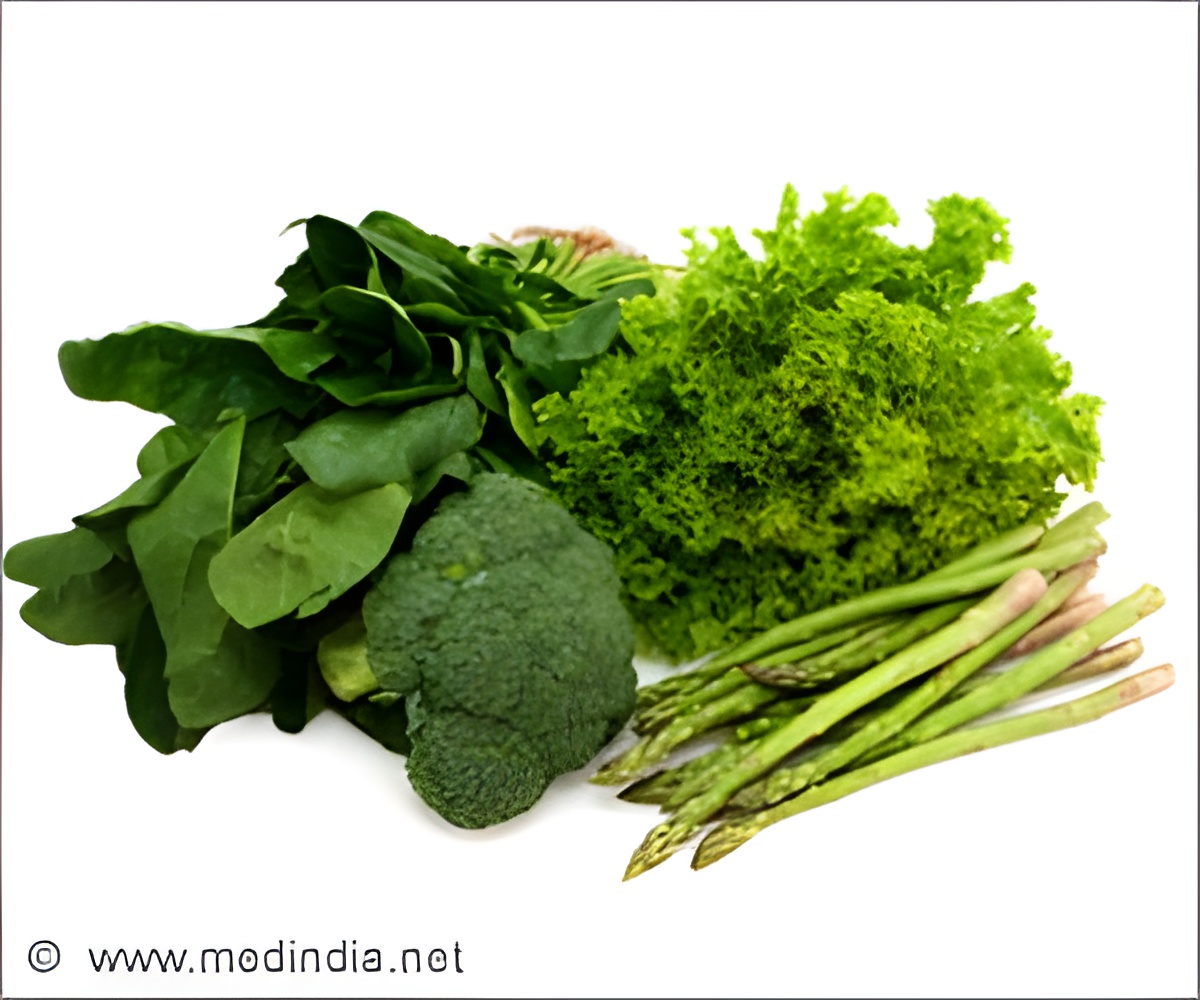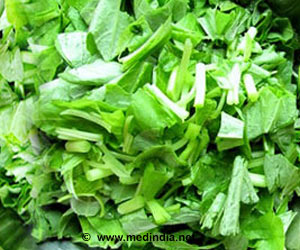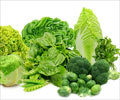
‘Specific sugar in leafy greens called ‘sulfoquinovose’ may be an important factor in improving and maintaining healthy gut bacteria and good digestive health.
’
Tweet it Now
Researchers from Melbourne and the UK identified a previously unknown enzyme used by bacteria, fungi and other organisms to feed on the unusual but abundant sugar sulfoquinovose - SQ for short - found in green vegetables. Each year, leafy green vegetables - such as spinach - produce the sugar on an enormous scale globally, comparable to the world's total annual iron ore production. The research, published in the journal Nature Chemical Biology, was led by Dr Ethan Goddard-Borger from the Walter and Eliza Hall Institute, Professor Spencer Williams from the Bio21 Institute and University of Melbourne, and Professor Gideon Davies from the University of York, UK.
Dr Goddard-Borger said the discovery could be exploited to cultivate the growth of 'good' gut bacteria. "Every time we eat leafy green vegetables we consume significant amounts of SQ sugars, which are used as an energy source by good gut bacteria," he said.
"Bacteria in the gut, such as crucial protective strains of E. coli, use SQ as a source of energy. E. coli provides a protective barrier that prevents growth and colonization by bad bacteria, because the good bugs are taking up all the habitable real estate," Dr Goddard-Borger said.
"E. coli is a key bacterial colonizer needed by our gut. We speculate that consumption of this specific molecule within leafy greens will prove to be an important factor in improving and maintaining healthy gut bacteria and good digestive health," he added.
Advertisement
"We discovered the enzyme YihQ, which is used by bacteria to absorb and metabolize these sulfur-containing sugars as food. Sulfur is critical for building proteins, the essential components of all living organisms. SQ is the only sugar molecule which contains sulfur, and 'digestion' of the molecule by bacteria releases sulfur into the environment, where it re-enters the global 'sulfur cycle' to be reused by other organisms,” he said.
Advertisement
"This work answers a 50-year mystery that has surrounded how sulfur - an element essential for life on Earth - was used and recycled by living organisms. What is remarkable is that the YihQ enzyme was hiding in plain sight and is produced by the humble bacterium E. coli, present in nearly every biologist's laboratory," he said.
The discovery also provides crucial insights that may one day be exploited to develop an entirely new class of antibiotics.
Dr Goddard-Borger said, "New antimicrobial strategies are desperately needed as more and more bacteria acquire resistance to existing classes of antibiotics. We think it will be possible to use these widespread enzymes to enable highly specific delivery of antibiotics to harmful forms of E. coli and other pathogens, such as Salmonella, responsible for food poisoning, while leaving the good gut bacteria untouched."
Source-Eurekalert















